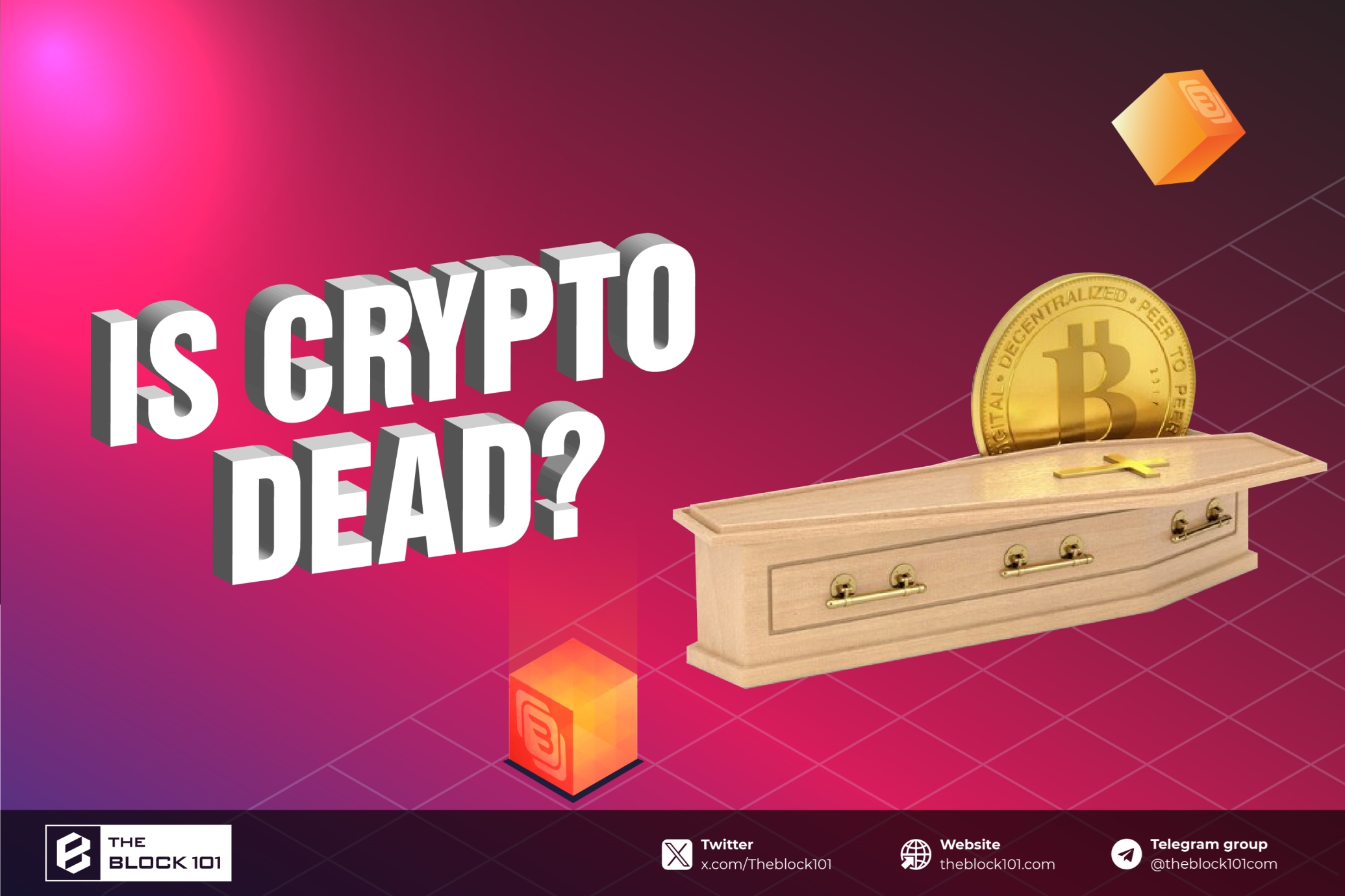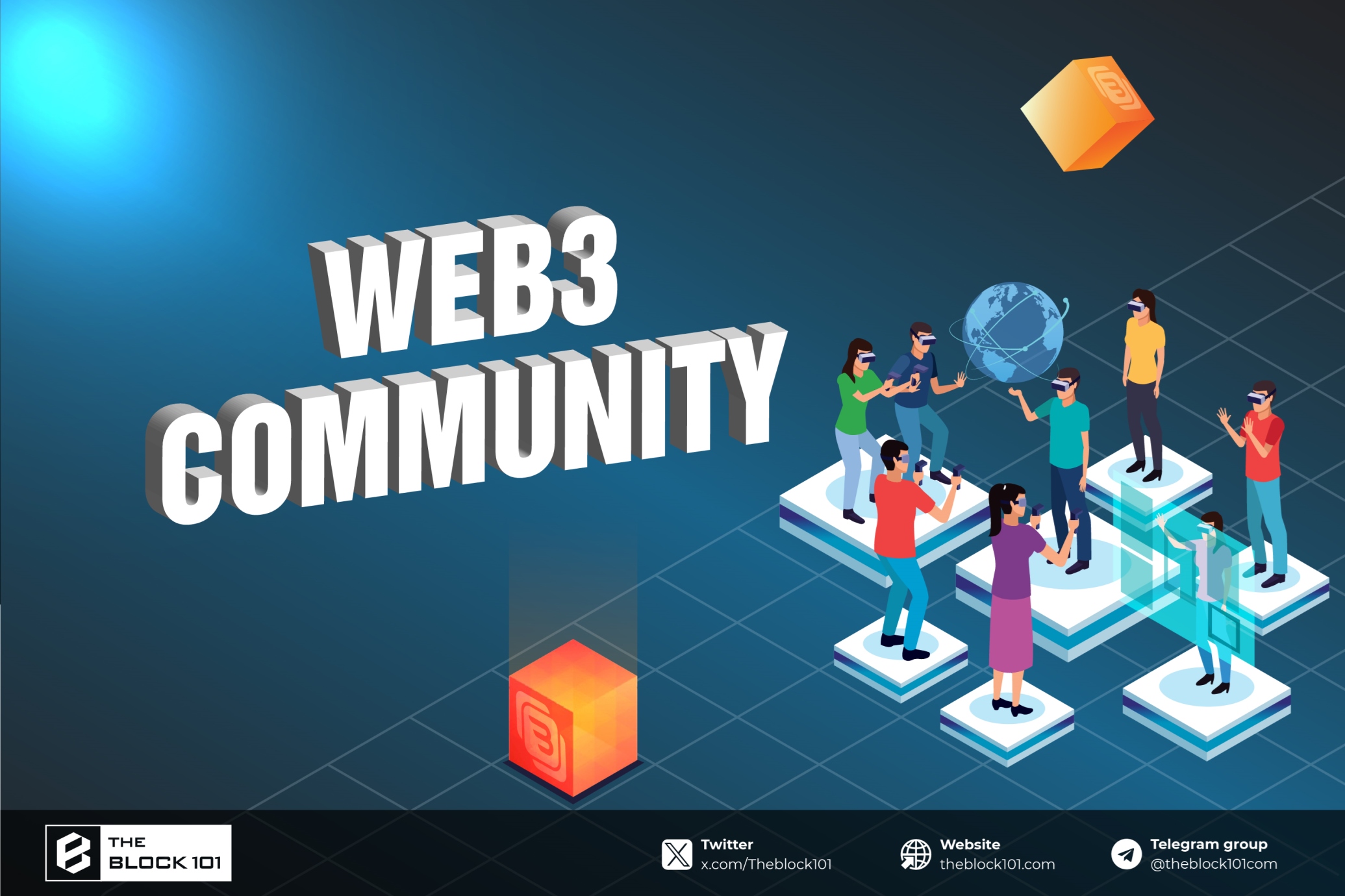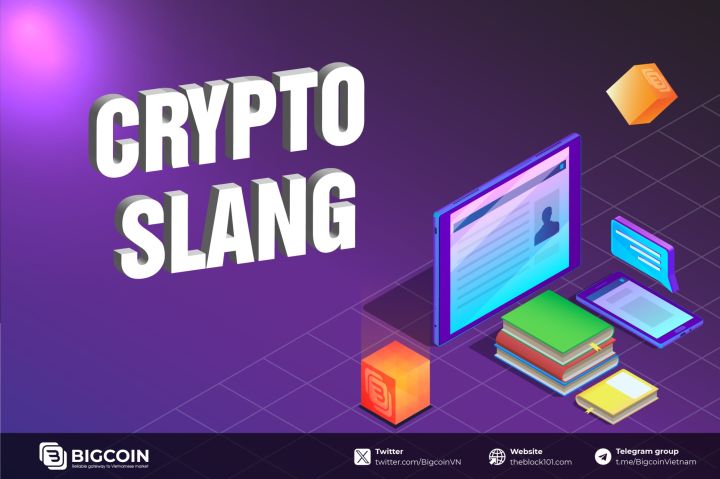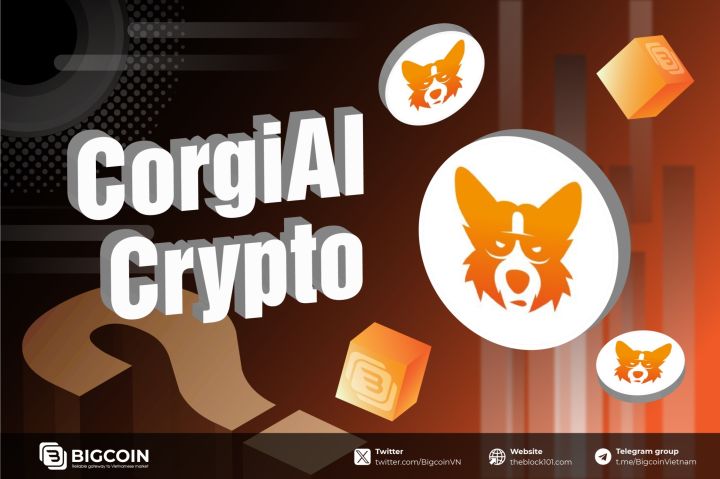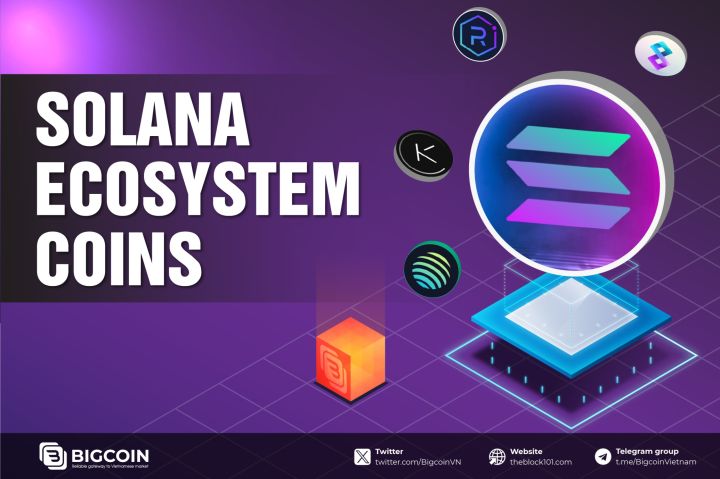1. What are Web3 Wallets?
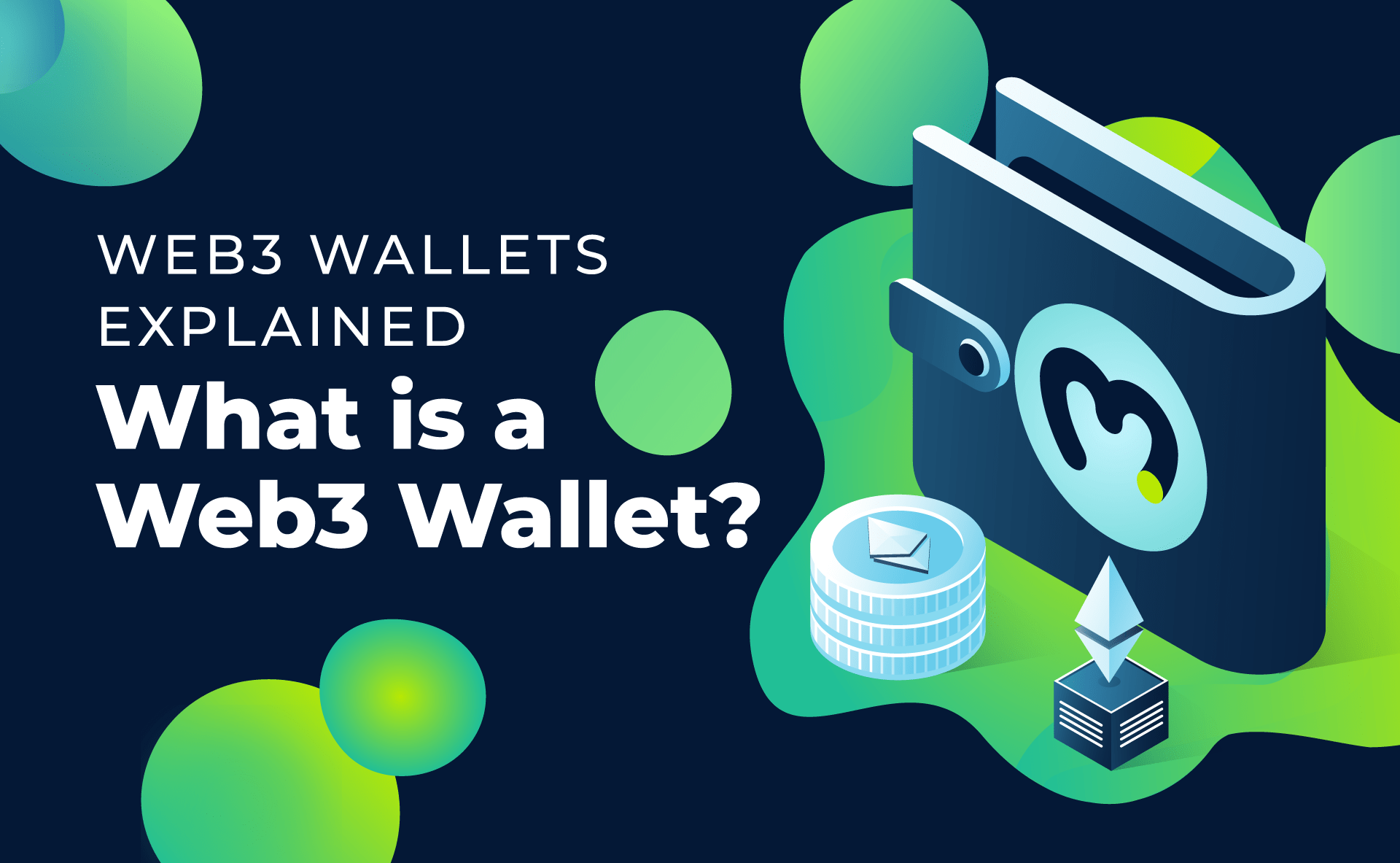
A Web3 wallet is a digital wallet specifically designed to interact with decentralized applications (dApps) built on blockchain technology. Web3 wallets enable users to manage a variety of digital assets, including cryptocurrencies, non-fungible tokens (NFTs), and other digital tokens. These wallets are essential for anyone wishing to access Web3 platforms, from decentralized finance (DeFi) to NFT marketplaces and beyond.
2. Types of Web3 Wallets

There are three primary types of Web3 wallets: non-custodial wallets, custodial wallets, and smart contract wallets. Each type offers different features and security options depending on user needs.
2.1. Non-Custodial Wallets
Non-custodial wallets (also known as self-custody wallets) allow users to have full control over their private keys. Private keys are critical for authorizing transactions and accessing digital assets. In this case, the user is the sole entity responsible for managing their private key, which means that if the key is lost or stolen, the assets can be lost forever.
Non-custodial wallets can be:
-
Hot Wallets: These are connected to the internet (e.g., MetaMask, Phantom, Trust Wallet).
-
Cold Wallets: These are offline wallets, typically in the form of hardware wallets (e.g., Ledger, Trezor), providing higher security by being disconnected from the internet.
2.2. Custodial Wallets
Custodial wallets are managed by a third-party service, such as an exchange (e.g., Coinbase or Binance). In these wallets, the third party holds the private keys and manages security for the user. While this makes custodial wallets more user-friendly and easier to use for beginners, it also means that users are trusting a third party with their assets. If the third party is hacked or experiences a problem, the user’s assets could be at risk.
2.3. Smart Contract Wallets
Smart contract wallets are controlled by a smart contract on a blockchain network. These wallets can offer advanced features, such as multi-signature capabilities (requiring multiple approvals for transactions), recoverability features (e.g., two-factor authentication for recovery), and batching transactions. Smart contract wallets are particularly useful for businesses or organizations requiring additional security layers for handling assets.
3. Popular Web3 Wallets
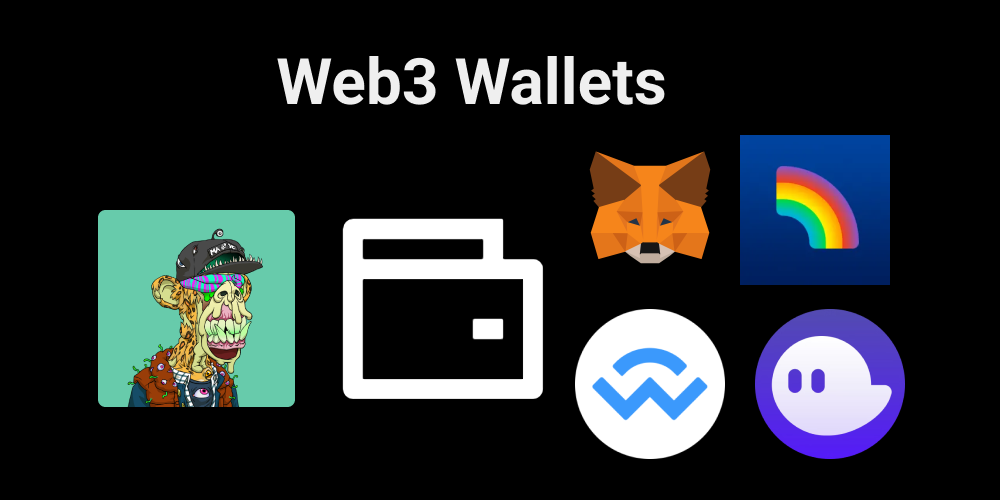
Here are some of the most popular Web3 wallets:
-
MetaMask: A widely used non-custodial wallet, primarily for interacting with Ethereum and EVM-compatible blockchains.
-
Phantom: A non-custodial wallet for Solana and Ethereum, popular for its user-friendly interface and NFT support.
-
Trust Wallet: A mobile-based non-custodial wallet supporting a wide variety of cryptocurrencies and dApp interactions.
-
Coinbase Wallet: A non-custodial wallet that allows users to manage their crypto assets independently, supporting both EVM and non-EVM blockchains like Solana.
-
Safe (formerly Gnosis Safe): A smart contract wallet that offers multi-signature capabilities for added security, often used by businesses or teams.
-
Argent: A smart contract wallet that features recovery options and offers an intuitive user interface, making it a popular choice for personal use.
4. Which Web3 Wallet fits you?
.webp)
Choosing the right Web3 wallet depends on several factors, such as your level of expertise, the amount of control you want over your assets, and how much you trust third parties.
-
Non-custodial wallets are ideal for users who want full control over their private keys and assets.
-
Custodial wallets are better suited for beginners or those who prefer a more straightforward approach without the complexity of managing private keys.
-
Smart contract wallets are a great choice for businesses or organizations that require enhanced security and multi-party approval mechanisms.
5. How to keep your Web3 Wallet secure

Security is crucial when it comes to Web3 wallets since they hold valuable digital assets. Here are some tips to keep your wallet secure:
-
Keep Your Private Keys Safe: Your private key is the key to your wallet. Store it in a secure, offline location, and never share it with anyone.
-
Enable Two-Factor Authentication (2FA): When using custodial wallets, enabling 2FA adds an extra layer of protection.
-
Keep Your Software Updated: Always use the latest versions of your Web3 wallet software to ensure you're protected with the most up-to-date security patches.
-
Use a Hardware Wallet: Hardware wallets (cold wallets) are the most secure option as they store private keys offline, away from potential online threats.
-
Beware of Phishing Attacks: Be cautious about unsolicited emails or messages that ask for your private key or other personal information. These could be phishing attempts.
Final Thoughts
Web3 wallets are essential for engaging with blockchain technology and decentralized applications. They allow users to securely store and manage assets while giving them control over their private keys. When choosing a Web3 wallet, consider your technical expertise, level of security required, and whether you want to rely on a third party. By following best practices for security and choosing the right wallet for your needs, you can protect your assets and enjoy the benefits of the Web3 ecosystem.
Read more:

 English
English Tiếng Việt
Tiếng Việt.png)
